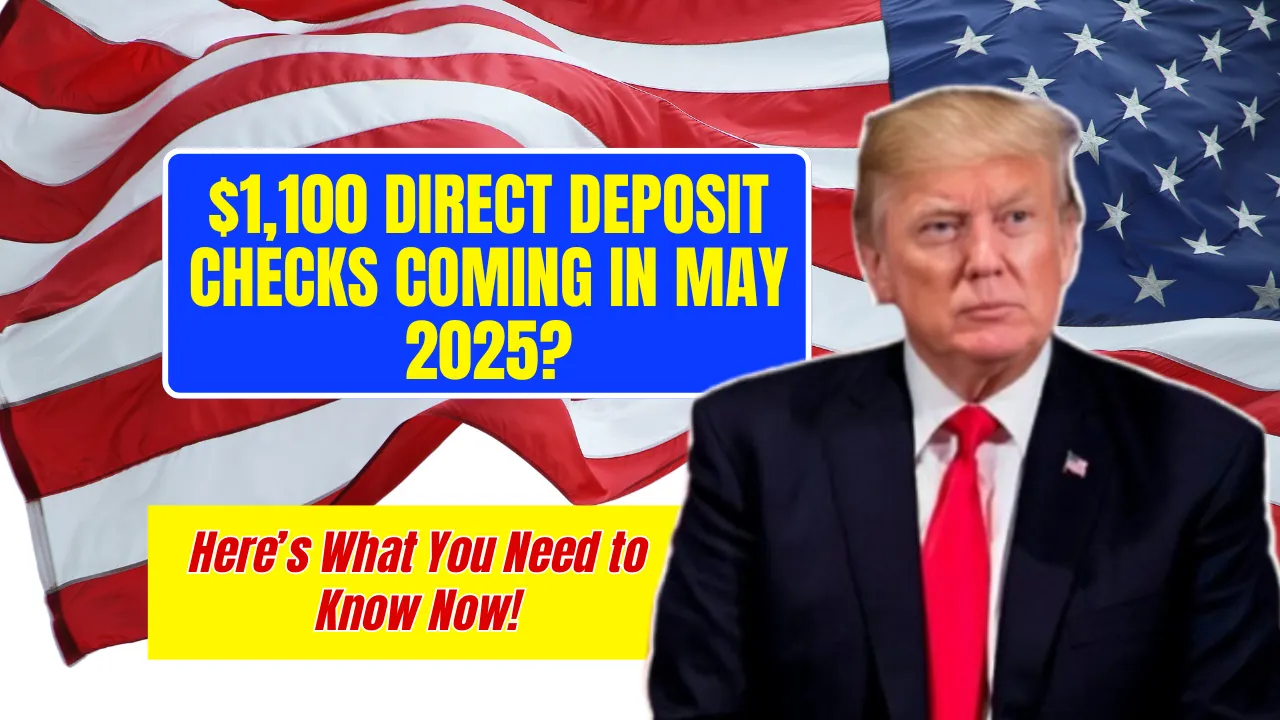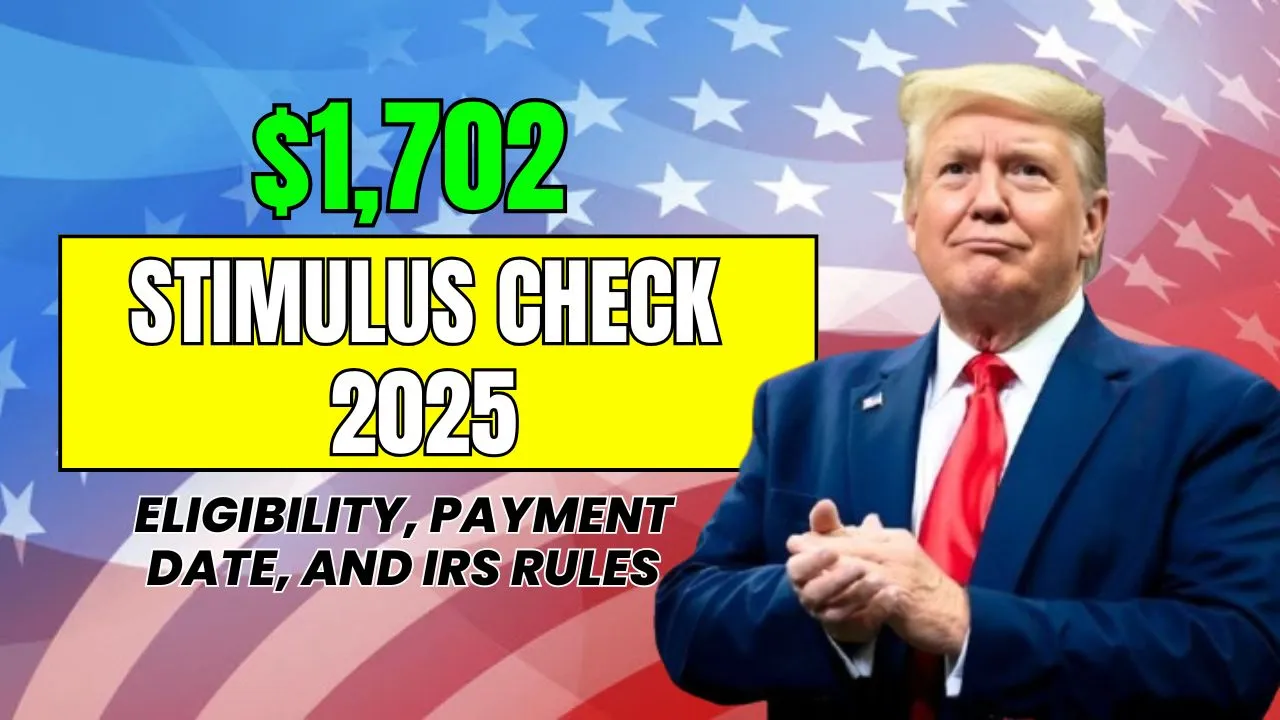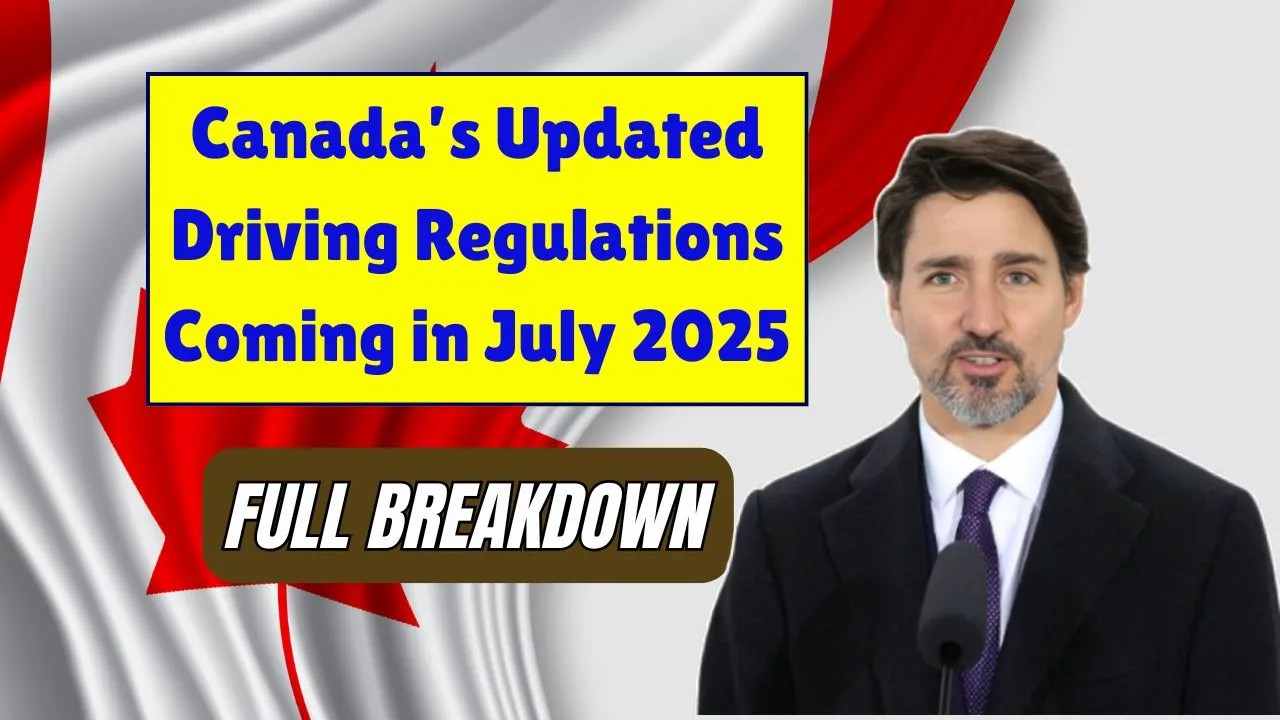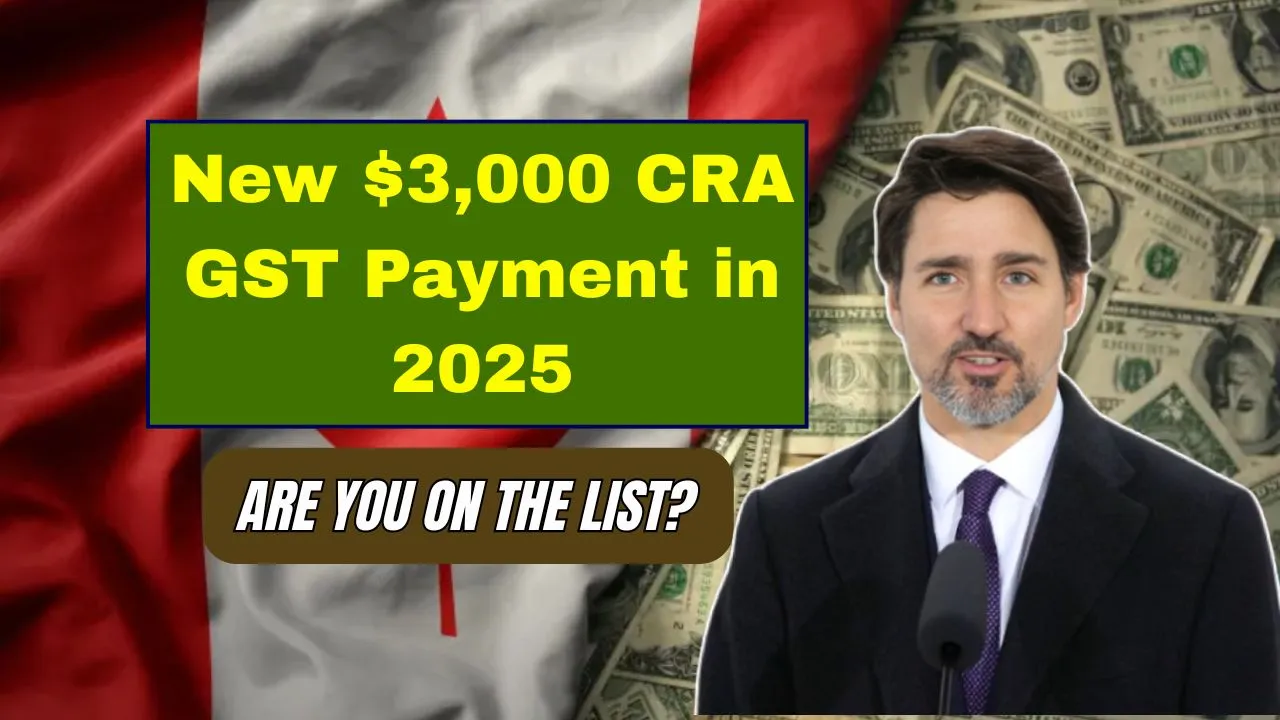$1,100 Direct Deposit Checks 2025: As the cost of living continues to rise across the United States, many Americans are eagerly watching for new financial relief from the federal government. Among the most talked-about programs this spring are the $1,100 Direct Deposit Checks, expected to help eligible low- and moderate-income individuals manage rising expenses. With food prices, housing costs, and energy bills still climbing, the announcement comes as a source of hope for struggling families.
The $1,100 Direct Deposit Checks in May 2025 are not classified as stimulus payments but rather as tax refunds and relief deposits issued by the IRS. These payments are based on 2024 tax filings and aim to provide timely financial support for qualifying citizens. Understanding how the process works, who qualifies, and when payments are likely to be issued is crucial to ensure you don’t miss this potential opportunity.
$1,100 Direct Deposit Checks 2025
The $1,100 Direct Deposit Checks are part of the IRS’s 2025 tax refund cycle and are designed to support eligible Americans, particularly those with lower income, seniors, and individuals with disabilities. While not officially a new stimulus package, many taxpayers may still receive the $1,100 amount through their 2024 tax return if they meet certain criteria. The IRS will distribute these payments primarily via direct deposit, ensuring fast and secure delivery for most recipients.
Overview Table: Quick Facts on $1,100 Direct Deposit Checks 2025
| Detail | Information |
| Program Name | $1,100 Direct Deposit Checks 2025 |
| Payment Amount | $1,100 |
| Issuing Authority | U.S. Federal Government via IRS |
| Eligibility Requirements | Filed 2024 tax return, valid SSN, low/moderate income, U.S. resident |
| Target Recipients | Low-income individuals, elderly, disabled citizens |
| How Paid | Direct deposit or paper check |
| Application Required | No separate application; based on tax filing |
| Official IRS Website | www.irs.gov |
Who Qualifies for the $1,100 Check?
To receive the $1,100 Direct Deposit Checks in May 2025, individuals must meet specific requirements set by the IRS. These checks are tied to tax returns, meaning eligibility depends on information provided during your 2024 tax filing.
Eligibility criteria include:
- Being a U.S. resident during the applicable tax year
- Filing a 2024 federal tax return by the IRS deadline
- Possessing a valid Social Security Number (SSN)
- Earning income within low to moderate federal income guidelines
- Filing electronically and opting for direct deposit can result in quicker refunds
These checks are not automatic for everyone. They depend on income level, filing status, and tax refund eligibility based on deductions and credits claimed.
IRS Refund Dates: When to Expect Your $1,100 in May 2025
If you filed your 2024 taxes and qualified for a refund, you could be among those receiving the $1,100 Direct Deposit Checks as early as May 2025. The actual timing will depend on when you filed and how you submitted your return.
Estimated IRS refund schedule for May 2025:
| Filing Type | Estimated Refund Timeline |
| E-file + Direct Deposit | Within 1–3 weeks |
| E-file + Paper Check | Around 3–4 weeks |
| Paper Return + Direct Deposit | 3–4 weeks |
| Paper Return + Paper Check | 4–6 weeks |
To receive funds sooner, taxpayers are encouraged to file electronically and use direct deposit. Mailed returns and checks typically take much longer due to processing and postal delays.
How to Claim Your $1,100 Direct Deposit Check
For those who meet the eligibility criteria, claiming the $1,100 deposit is straightforward. If you’ve already filed your taxes correctly, no extra steps are needed. If you haven’t yet filed, here’s how to get started:
- Visit the IRS Website: Head to www.irs.gov.
- Log In or Register: Use your SSN and personal details to access your account.
- File Your Tax Return: Accurately complete your 2024 return, including all income and deductions.
- Attach Documents: Include any necessary documents like W-2s, 1099s, and proof of identity.
- Select Direct Deposit: Enter your bank account details for faster payment.
- Submit Electronically: This ensures the fastest processing and confirmation from the IRS.
- Monitor Status: Use the “Where’s My Refund?” tool to track your payment.
By following this process and filing early, you increase your chances of receiving the payment in May.
IRS Refund vs. Stimulus: Clearing the Confusion
Some reports have confused the $1,100 Direct Deposit Checks with a new stimulus payment. It’s important to clarify:
- These checks are not part of a special stimulus bill.
- They are likely standard tax refunds calculated based on your 2024 return.
- Not everyone will receive $1,100—it depends on income, tax credits, and filing status.
Always refer to official IRS announcements to verify the accuracy of claims and check your eligibility.
Extra Support for Low-Income Families and Seniors
If you don’t qualify for the $1,100 Direct Deposit Checks, there may still be financial help available through other programs:
- SSI and SSDI: Monthly support for individuals with disabilities or low retirement income
- SNAP Benefits: Food assistance based on household income and size
- Home Energy Assistance Program (LIHEAP): Help with utility bills
- Earned Income Tax Credit (EITC): Refundable credit available to working low-income taxpayers
Check with www.irs.gov or local assistance programs to find out what support you’re eligible for.
FAQs
1. What is the fastest way to get the $1,100 payment?
Filing your tax return electronically and selecting direct deposit is the quickest option—most refunds arrive in 1 to 3 weeks.
2. Who qualifies for the $1,100 direct deposit?
U.S. residents with low to moderate income who filed their 2024 tax return on time and meet other IRS guidelines.
3. Can I still qualify if I file my taxes in May?
Yes, if you file within IRS deadlines and meet eligibility, you may still receive your refund in May or soon after.
4. How do I track my refund?
Use the “Where’s My Refund?” tool on the IRS website to check your status using your SSN and filing information.
5. Is this check a new stimulus payment?
No, this is not an official stimulus check. It is a tax refund that may total $1,100 for eligible filers, depending on individual circumstances.
Final Thought
The $1,100 Direct Deposit Checks expected in May 2025 could offer real relief for many Americans facing financial strain. While not a stimulus in the traditional sense, these tax-related refunds serve as a vital support line for those who need it most. If you’ve already filed and qualify, keep an eye on your bank account or mailbox in the coming weeks.
For those yet to file, there’s still time to act. Take advantage of free filing resources, make sure your documents are complete, and choose direct deposit for quicker access. Stay informed by checking the IRS website regularly—and share this article to help others take the right steps toward financial relief.











